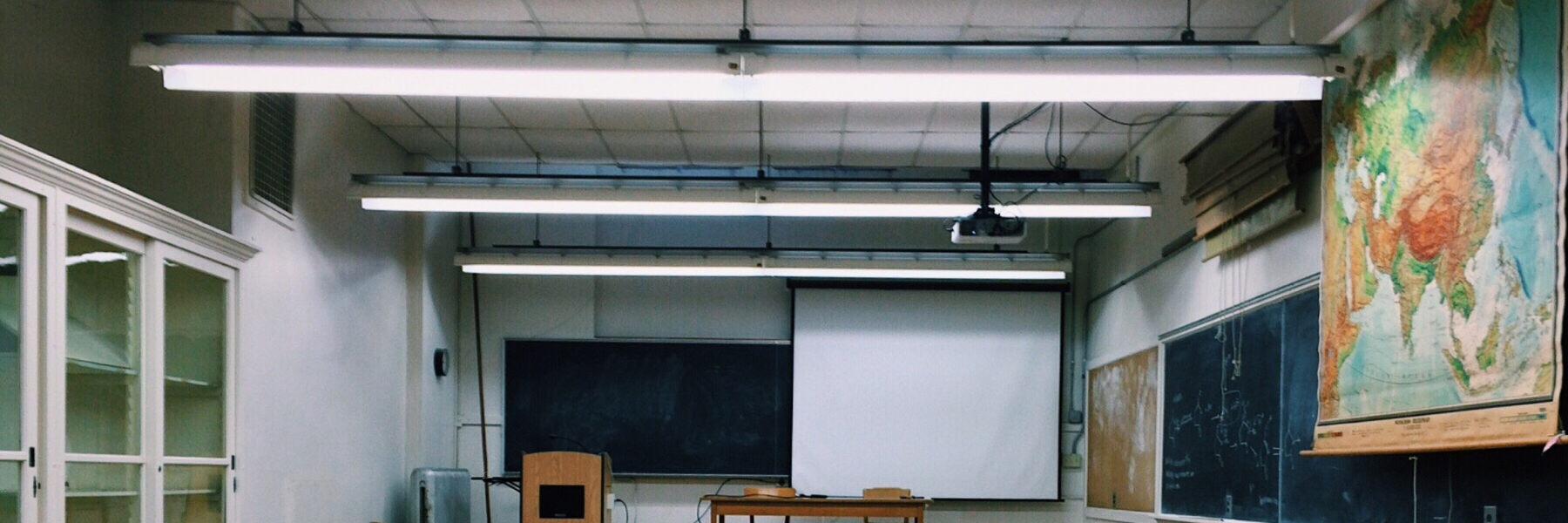How Important is Lighting in a Classroom?
Classroom lighting plays a crucial role in creating an effective learning environment. At Innova Design Group, we understand that proper lighting can significantly impact students’ health, concentration, and academic performance.
In this blog, we’ll explore the importance of lighting in classroom design, discussing both natural and artificial light sources, their impact on student well-being and performance, and how to implement effective lighting solutions in educational spaces.
Impact of Natural Lighting on Learners
Recent studies continue to emphasise the importance of natural light in classrooms. According to research by the University of Salford, among all design parameters in schools – such as air temperature, acoustics, and CO2 concentration – daylight has the highest impact on overall student progress.
Natural light, rich in blue light waves, has been shown to improve mood, increase alertness, and boost cognitive function. In a classroom context, these benefits translate to better attention, reduced stress, and enhanced academic performance.
Natural Light: The Foundation of Effective Classroom Illumination
An effective classroom lighting scheme will use any natural light available, supplemented by artificial light where necessary. Incorporating natural light offers numerous benefits, including improved physical and physiological well-being for students and teachers, enhanced concentration and focus, and potentially increased test scores.
However, architectural constraints may limit the ability to incorporate natural light fully. In such cases, alternative solutions like LED-based artificial daylighting can recreate the benefits of natural lighting as accurately as possible.
Key Lighting Factors for Optimal Learning Conditions
A well-balanced classroom lighting system must consider several factors to provide the best learning environment:
Illuminance
lluminance refers to the amount of light falling on a surface. In classrooms, proper illuminance is crucial for visual comfort and task performance. The recommended illuminance level for classrooms is typically between 300 and 500 lux, depending on the specific activity.
Glare Control
Glare occurs when bright light sources or reflections interfere with vision. In classrooms, this can be particularly problematic on whiteboards, computer screens, or glossy paper.
Flicker Prevention
Flicker in lighting, even when not visibly noticeable, can cause eye strain, headaches, and in some cases, trigger seizures in susceptible individuals. Modern LED lighting solutions often offer flicker-free operation.
Colour Rendering
Colour rendering refers to how accurately a light source reveals the colours of objects compared to natural light. In classrooms, good colour rendering is essential for art classes, science experiments, and general visual comfort.
These factors remain crucial for creating a comfortable and productive learning environment.
Therapeutic Benefits of Proper Lighting
Recent research has highlighted additional benefits of proper lighting in classrooms:
- Reduction of Stress and Anxiety: Proper lighting can significantly reduce stress and anxiety levels among students.
- Improved Attention and Behaviour: Well-lit classrooms with the right balance of natural and artificial light can help students remain attentive and behave positively.
- Support for Neurodiversity: A stable, adjustable lighting environment can significantly improve the ability of neurodiverse students to focus and participate in classroom activities.
Implementing Therapeutic Lighting in School Classrooms
To create an optimal lighting environment, consider the following strategies:
Conduct a Lighting Audit
A comprehensive lighting audit involves assessing the current lighting conditions in each classroom. This includes measuring light levels at different times of day, identifying areas of glare or shadow, and evaluating the colour temperature of existing light sources.
Update to LED Lighting Systems
LED lighting offers numerous advantages for classrooms. They are energy-efficient, long-lasting, and can be easily dimmed or colour-tuned. When upgrading to LEDs, consider fixtures that allow for colour temperature adjustment, mimicking the natural progression of daylight throughout the day.
Install Adjustable Lighting Systems
Adjustable lighting systems allow teachers to tailor the lighting to different activities and times of day. This might include brighter, cooler light for high-energy activities or tests, and warmer, dimmer light for calming activities or end-of-day wind-down.
Consider Colour Temperature
The colour temperature of light can significantly impact mood and cognitive function. Cooler temperatures (5000K-6500K) can increase alertness and are ideal for morning classes or high-concentration tasks. Warmer temperatures (2700K-3000K) are more relaxing and can be used for creative activities or end-of-day sessions.
Consider Rooms’ Wider Interior Design and Colours
The interplay between lighting and interior design is crucial. Light-coloured walls reflect more light, potentially reducing the need for artificial lighting. However, very bright surfaces can cause glare. Consider using matte finishes and mid-tone colours to balance light reflection and visual comfort.
Provide Staff Awareness Training
Educate teachers and staff about the importance of lighting in the learning environment. Train them on how to use adjustable lighting systems effectively and how to recognise signs of visual discomfort in students.
Incorporate Student Feedback
Regularly seek input from students about their lighting preferences and any discomfort they experience. This can be done through surveys, class discussions, or one-on-one conversations. Use this feedback to fine-tune lighting settings and make improvements.
By considering these factors and implementing these strategies, schools can create a lighting environment that supports learning, enhances well-being, and accommodates the diverse needs of all students.
Creating the Ideal Classroom Lighting with Innova Design Group
At Innova Design Group, we recognise that effective lighting for education is a complex interplay of various factors. Our expertise lies in creating school classroom lighting solutions that enhance the learning environment while meeting sustainability goals.
With over 35 years of experience in educational interior design, we take a holistic approach that considers natural light, artificial lighting, and energy efficiency. Our innovative solutions maximise the benefits of proper lighting for student performance, using high-quality, energy-efficient lighting systems that ensure longevity and cost-effectiveness.
Contact Innova Design Group today. Our team of experts can help you design and implement lighting solutions that support student well-being, enhance learning outcomes, and contribute to a more sustainable future for your school.


